Lyso-phospholipids can replace fish oil and palm oil within the current context of high fish oil prices
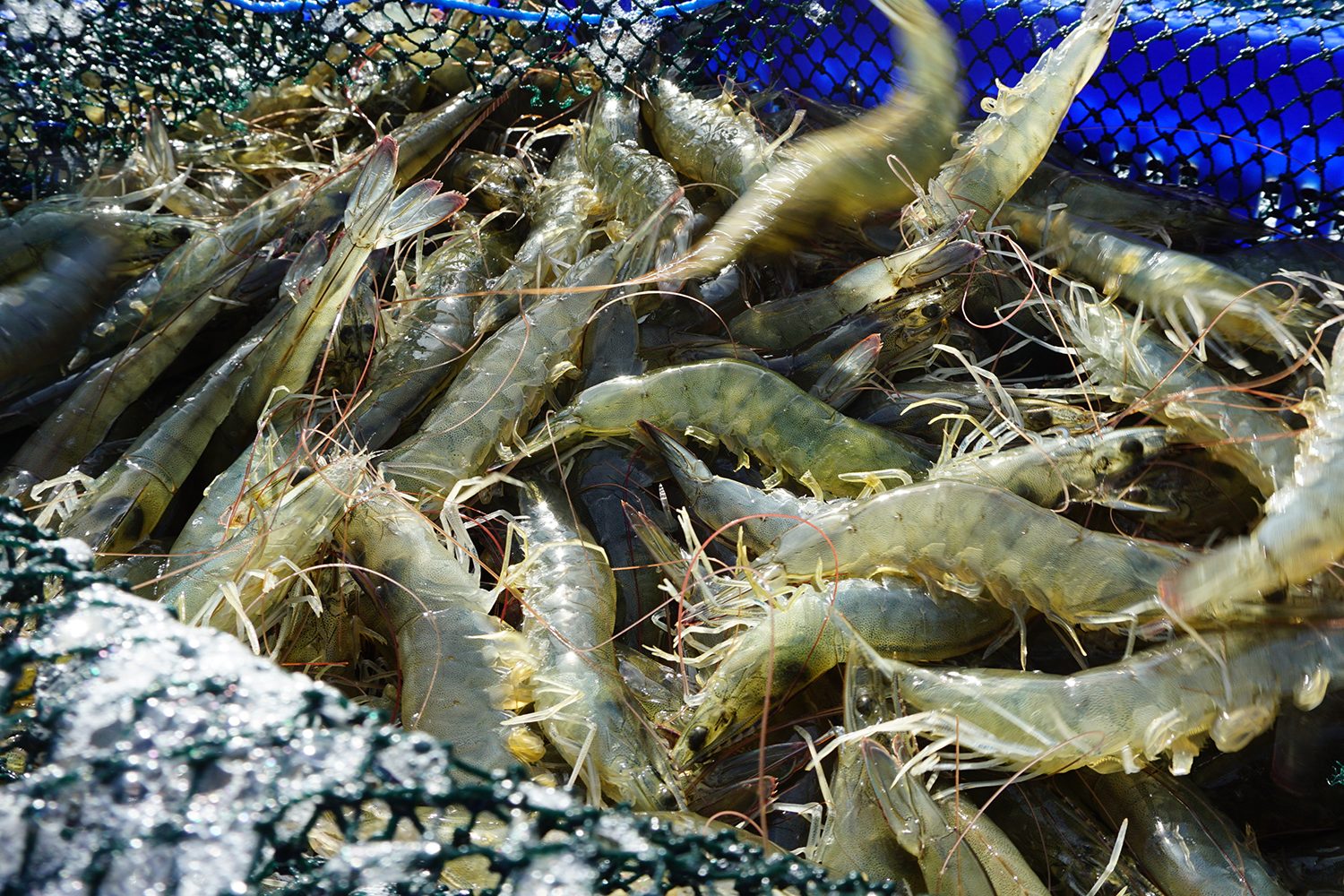
Global fishmeal and fish oil prices are, to a large extent, linked to the supply situation in South America (Peru and Chile) and demand from Asia (primarily China). Peru is the largest source of fishmeal and fish oil output today and the world’s largest producer and exporter of fishmeal and fish oil. An unsuccessful season in Peru might cause as much as a 20% decrease in global output. Given the quota size and the potential impacts on the stock from this year’s El Niño, Peru has recently canceled the first fishing season for anchovy in the north-central zone, creating new challenges for the global market of fishmeal and fish oil.
While today’s fish oil price is in the range of U.S. $5,000–6,000 per ton, the cancellation of the Peruvian anchovy season will inevitably further increase prices for feed. It is therefore important for aquafeed nutritionists search for strategies aimed to reduce the inclusion of fish oil without affecting performance.
AQUALYSO®, a lyso-phospholipid (LPL) based digestibility enhancer developed by Adisseo for application in fish and shrimp, is proposed as a solution to relieve cost pressure from oil and lecithin prices. LPLs have long been recognized for their excellent emulsifying properties. LPLs are derived from the controlled hydrolysis of phospholipids, which are good emulsifiers of water-in-oil conditions but poor emulsifiers of oil-in-water conditions (i.e. the condition found in the gut of fish) (Fig. 1).
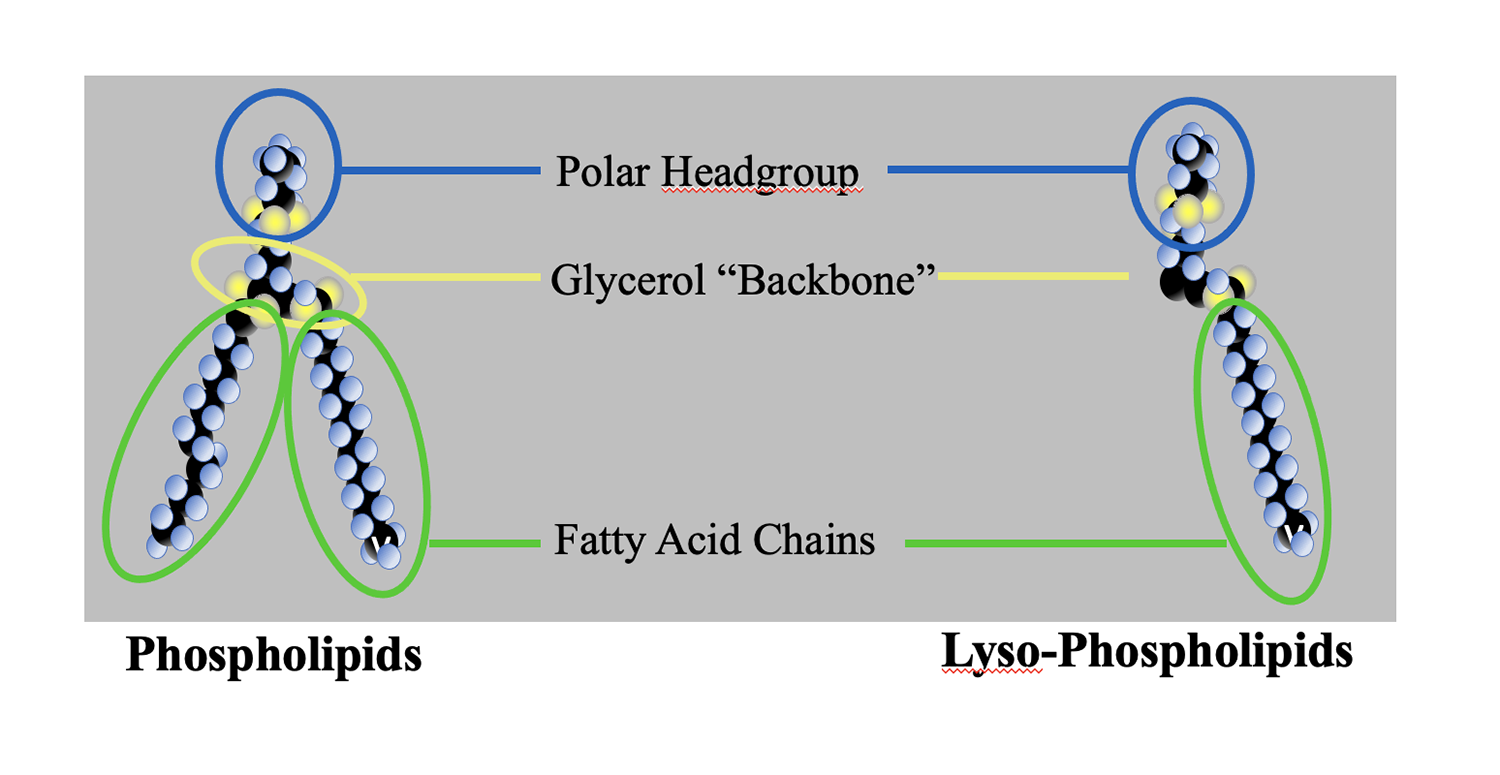
The superior emulsifying properties of LPLs boost the digestion and absorption process of lipids as source of energy (i.e. tri-, di- and mono-glycerides), as well as of essential lipidic molecules such as poly-unsaturated fatty acids, cholesterol, fat-soluble vitamins A, D and E, and carotenoid pigments. Additionally, LPL improve the transport and processing of lipidic nutrients in intestine and liver. Such metabolic optimization is also key in supporting the reduction of oil inclusion in aquafeeds.
Being an industrial producer of LPL, Adisseo developed an LPL-based additive with an LPL profile and specifications that are highly adapted to the needs of aquaculture species. Furthermore, Adisseo is a leader in LPL research with over 15 years of experience addressing specific challenges and application strategies in aquatic species, particularly around the aim of feed cost reduction via fat and energy reduction.
A recent feed trial in Pangasius fish demonstrated the effective replacement of fish oil and palm oil with AQUALYSO® (Fig. 2A). In gilthead sea bream, the performance of a standard 16% fat feed was matched by a lower fat feed with lower inclusion of fish and rapeseed oils (Fig. 2B).
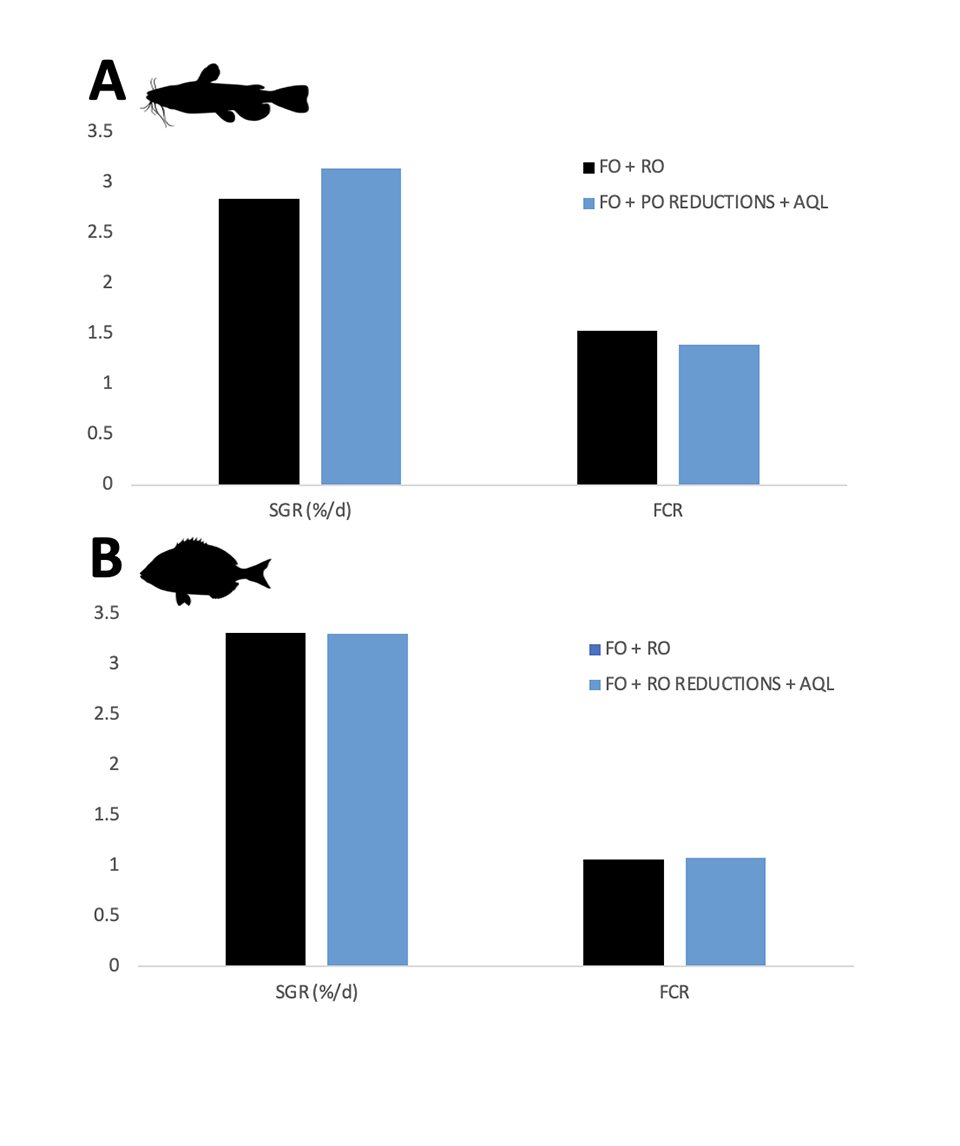
Lipid vacuolization in liver and intestinal tissues remained the same, indicating a more efficient lipid absorption and utilization under LPL supplementation. From a formulation point of view, these results indicate that the additive allows to reduce the minimum oil inclusion constraints or reduce the equivalent in digestible energy without affecting performance. The application of AQUALYSO® has been studied in other fish species including tilapia, salmon, trout and sea bass. The outcomes of this research have been key to establishing the optimal inclusion dose and to better understanding the formulative applications for every species.
In conclusion, within the current context of high fish oil prices, aquafeed formulators can count on AQUALYSO® to make aquafeeds perform with less fat and energy levels and therefore achieve significant cost reductions. The Service Platform on Aqua Nutrition by Adisseo combines formulation experience and species-specific research on AQUALYSO® application strategies and provides advice and services related to aquafeed formulation and processing.
Author
-

Adisseo
This article as prepared by Waldo G. Nuez-Ortín, Marleen Dehasque and Martin Guerin of Adisseo SAS, France
Tagged With
Related Posts
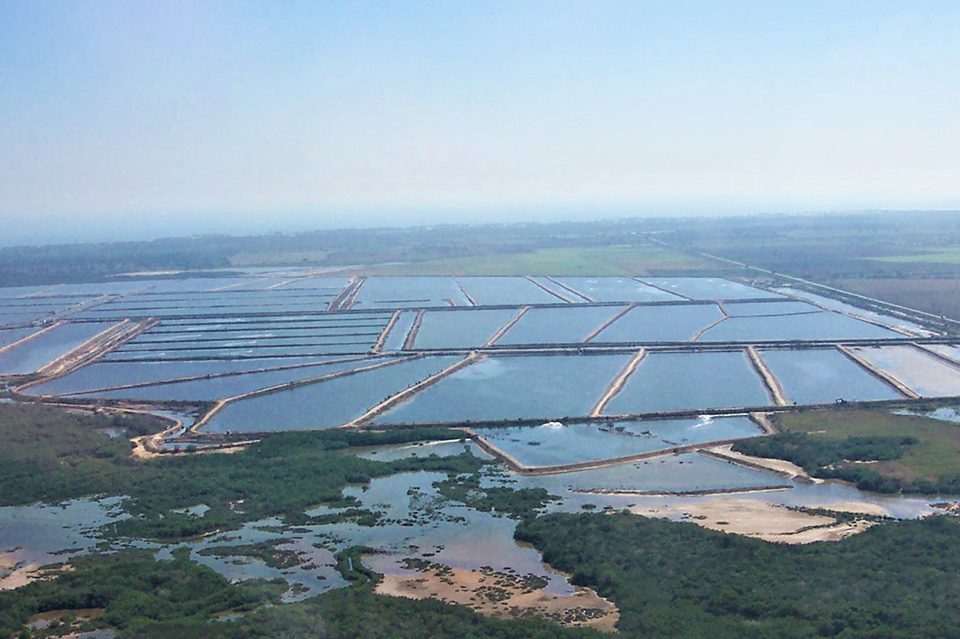
From Our Sponsors
Functional feed additives reduce the carbon footprint of shrimp production
Sanacore®GM and Aqualyso® from Adisseo are aquafeed additives with a long history of successful use on shrimp farms facing common diseases.
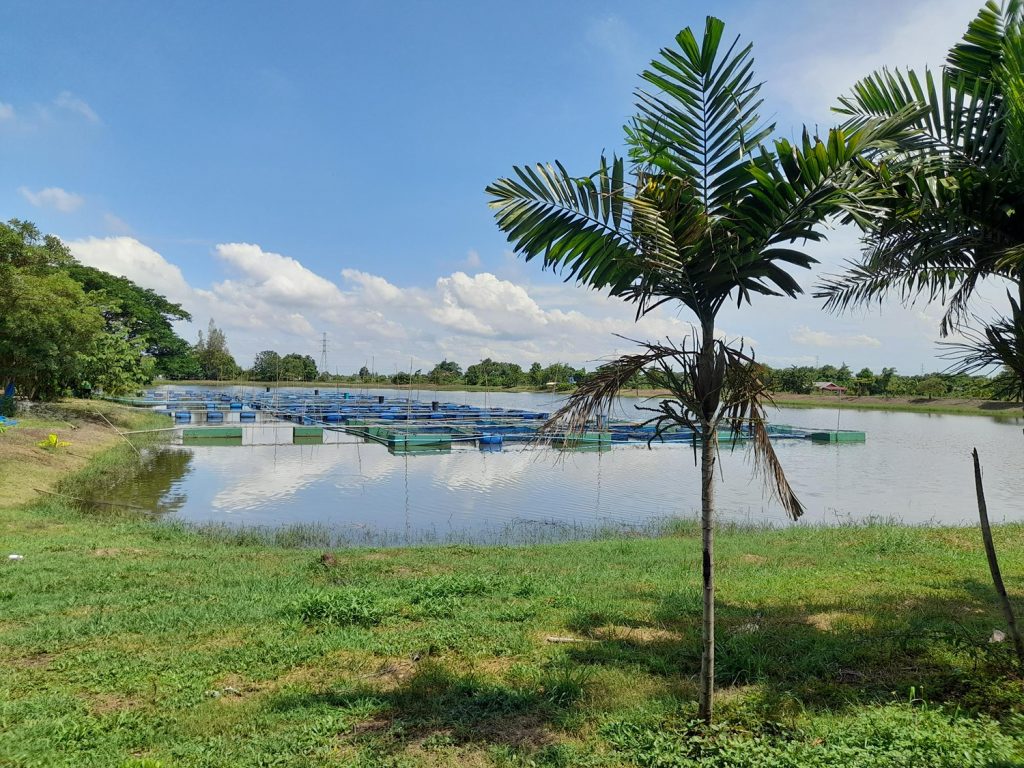
From Our Sponsors
Aquafeed additive from Adisseo can reduce the impact of bacterial diseases for fish and shrimp
In aquaculture trials with Pacific white shrimp and Nile tilapia, Bacti-nil® Aqua, an aquafeed additive from Adisseo, effectively prevented disease and promoted growth.
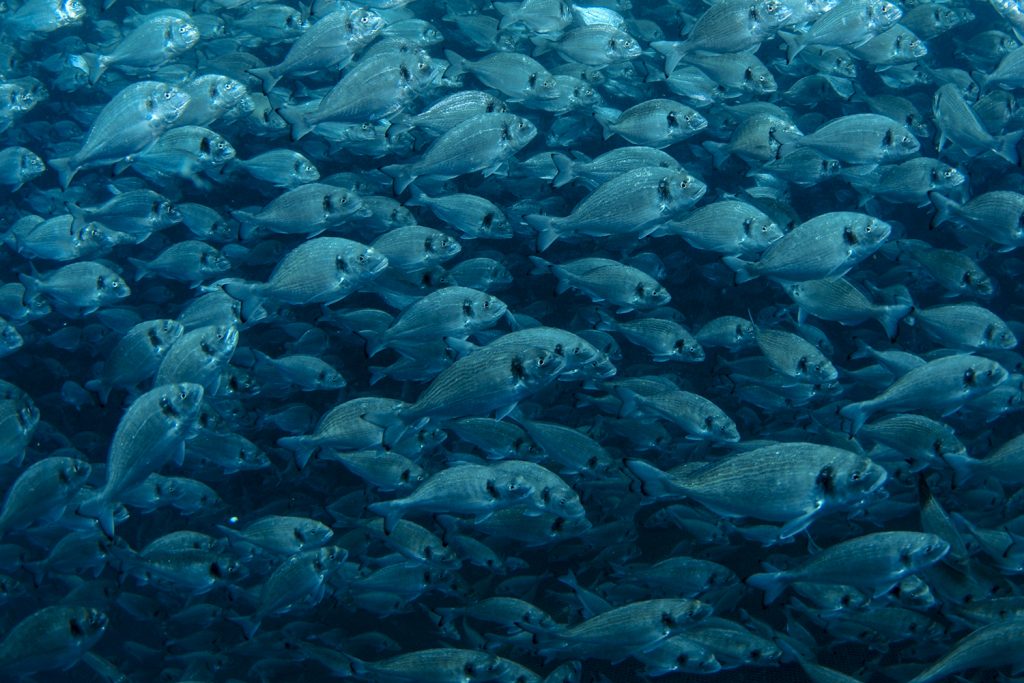
From Our Sponsors
Fish diseases hinder aquaculture growth and threaten global food security. Could this feed technology help secure the sector?
APEX® BRANCHIA – a functional feed additive from Adisseo – can reduce the impact of fish diseases and promote fish productivity and survival.

